Food, Wine, and Surf: The Rebirth of Mexico’s Baja Norte
The northern half of the Baja Peninsula is having its day in the sun. Joe Furey shares Tijuana’s thriving food and art scene, the acclaimed but laid-back Valle de Guadalupe wine country, and surfing and hiking spots near Ensenada (for burning off all those seafood tostadas).
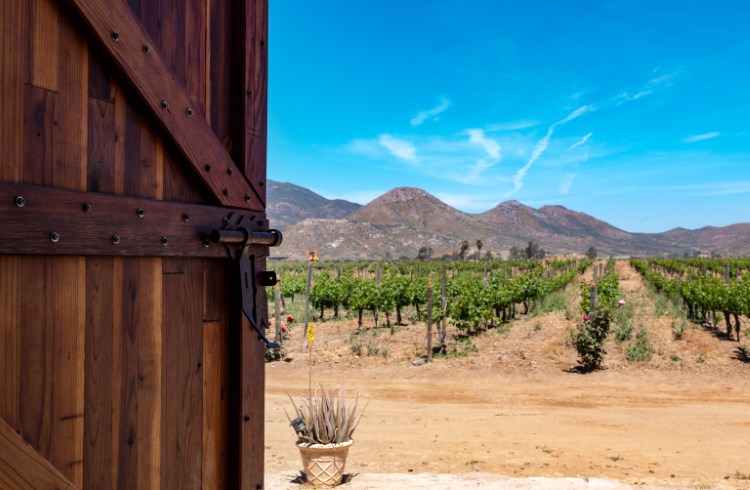 Photo © Getty Images / Sherry Smith
Photo © Getty Images / Sherry Smith
Mexico’s Baja, the 55,366 mi2 (14,350km2) peninsula, flanked by the Pacific Ocean to the west and the Sea of Cortez on its east, is enjoying its moment in the sun. And that is especially true of its northern portion. Once considered the premiere playground of the rich and thirsty, Baja Norte now does things its own way and for itself, with dependably extraordinary results.
As they almost say, the way to a tourist’s heart is through their stomach, and the peninsula’s current popularity owes a great deal to the quality of its food and drink. For visitors who watch the planet as intently as they do their diet, the area’s cuisine ticks an important box: it’s sustainable. Baja Norte has, on its doorstep, everything it needs, and when it needs it, to create the culinary buzz that is now being heard around the world.
- Tijuana: a city coming into its own
- Valle de Guadalupe: the wine country
- Surfing in Ensenada
- Trip notes
Tijuana: a city coming into its own
Tijuana has led the way. Where once its dining scene catered to the tastes of its northern neighbors (the margarita and the Caesar salad date back to Prohibition days), it now calls all the gastronomic shots – of its specialties, my favorites are: machaca, spiced, pounded, dried and shredded beef; duck sopes served with a tart salsa verde made with roasted tomatillos (often called green tomatoes, but they’re a different member of the nightshade family); chipped and fried jicama (aka the Mexican turnip, which tastes like an unsweet apple); and caguamanta, a manta ray and shrimp stew.
Wherever you wander within the laidback confines of the downtown and business districts, you’re guaranteed a delicious feed. For birria goat stew tacos or a six-course Baja-Med fusion dinner, Zona Centro is packed with top-end restaurants. For a gathering of food trucks run by progressive chefs with an international outlook, there’s Telefónica Gastro Park, in Zona Este. And if you want to party with the locals, consider Plaza Fiesta, an open-air mall in Zona Rio that has become the heart of the city’s craft-beer scene, with breweries and tasting rooms setting up where just 10 years ago only divey clubs dared to operate.
Where food goes, culture follows, of course, and Tijuana is awash with creativity of all kinds – its pasaje (covered alleys) off Avenida Revolucion, once shuttered and forbidding, are now bright with murals and street art and occupied by vintage boutiques, jewelry and printmakers’ workshops, antique and book stores, coffee shops and roasters, and galleries and exhibition spaces.
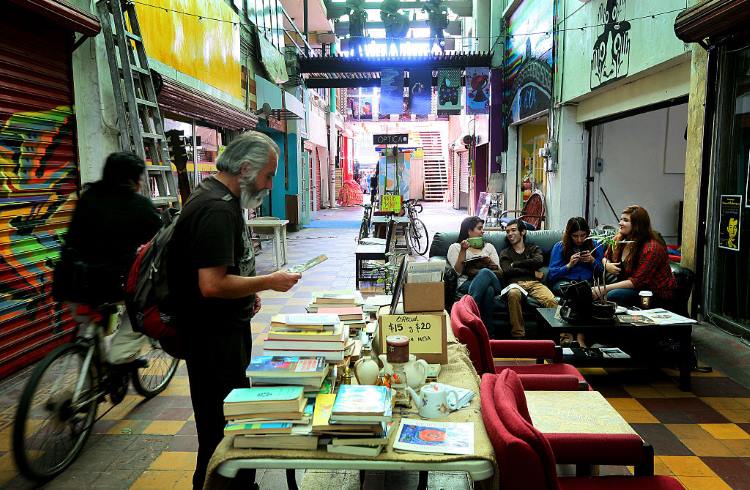
Valle de Guadalupe: the wine country
From Tijuana, I generally take the 67mi (109km) drive to Valle de Guadalupe, Mexico’s wine country, its answer – riposte, even – to the Napa Valley. Amid trim ranches, olive gardens, and peach orchards are many stands of knurled vines, some highly prized ones planted by a breakaway Russian religious sect, the Molokans, when they arrived at the beginning of the last century. Their original settlement has given way to more than 150 wineries and their tasting rooms, farm-to-table restaurants – such as the acclaimed Fauna – serving dishes such as pickled pork skin and grilled oyster tostadas, and sleek hotels boasting infinity pools. But the atmosphere is far less commercial than Napa’s: the airbrush hasn’t gotten to it yet, its roads are bumpy, and livestock can still be found directing the traffic. And, with its variety of microclimates and terroirs ranging from alluvial sand and loam to granite and clay, it won’t be exhausting its potential any time soon – though the Valle de Ojos Negros, a little further inland, has been tipped as Baja’s next big wine region.
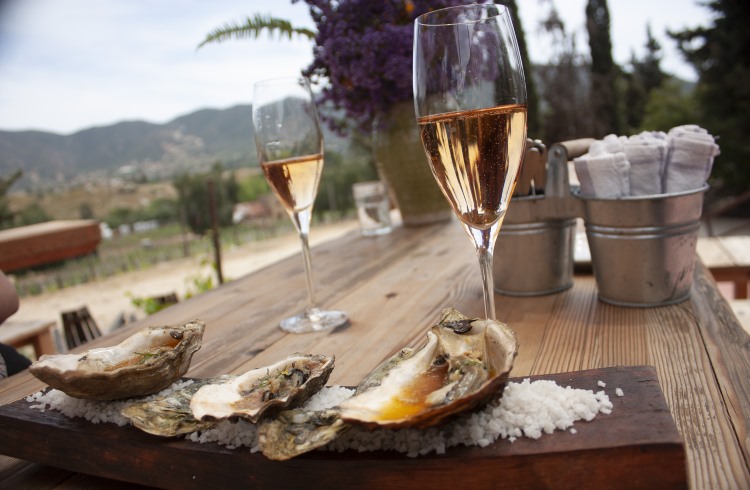
Surfing in Ensenada
There are tours of Valle de Guadalupe to suit every pocket, many of which depart from the port city of Ensenada. However, Ensenada says one thing to me, and that’s surfing (and, yes, the sea urchin, scallop, and Pismo clam tostadas available in town and at some of the surf spots). I’ve rented many a board in the fall (the big swells of winter are beyond my nerve and skill) and have tackled K38 (El Morro), K55 (Campo Lopez) and K58 (La Fonda) with varying degrees of success. Salsipuedes, which means “Leave if you can”, and Isla Todos Santos, aka Killers, have discouraged me so far, given that, by all accounts, they are thoughtfully named.
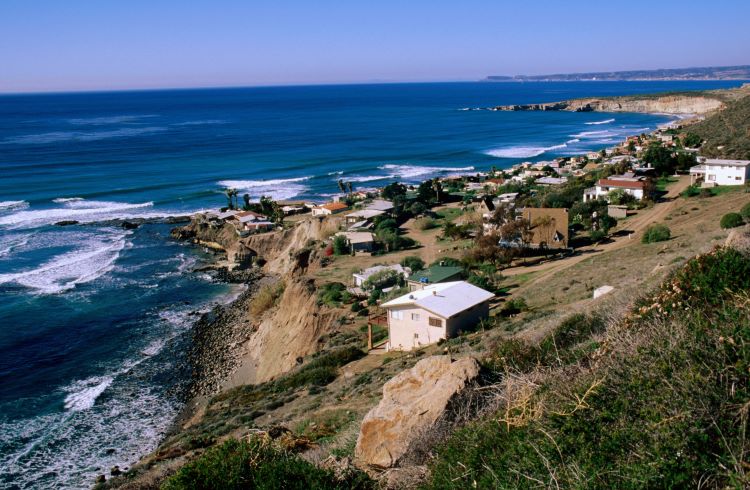
After a week on the waves, I like to be able to feel the earth beneath my feet for a while. Constitution 1857 National Park in the Sierra de Juarez mountain range, just 60mi (97km) east of Ensenada, usually does the trick – the terra there doesn’t come much firma, though a brief appearance by a bobcat or cougar may cause you to lose your footing.
Trip notes
Much of the Baja is wide open space, and protected, so you’ll need a car to get around. If you’re taking your own, make sure it’s in good order as replacement parts can be hard to find, and be sure to take out Mexican car insurance as US plans don’t work south of the border. Or rent a car (if you’re aged 25 and over, though some companies will indulge a 21-year-old for a hefty surcharge on their rental fee). Whatever you do, don’t drive at night – the roads are narrow with no shoulders, they are criss-crossed by animals, and it’s when the big rigs get moving in quantity.
The Baja is a place of extremes – the sun is hot, but the Sea of Cortez and Pacific Ocean can be cold, so pack buffs, hats, SPF 50, and quick-drying swimwear. And don’t trust an aged pair of espadrilles to protect your feet – cactus spines get everywhere.
Related articles
Simple and flexible travel insurance
You can buy at home or while traveling, and claim online from anywhere in the world. With 150+ adventure activities covered and 24/7 emergency assistance.
Get a quote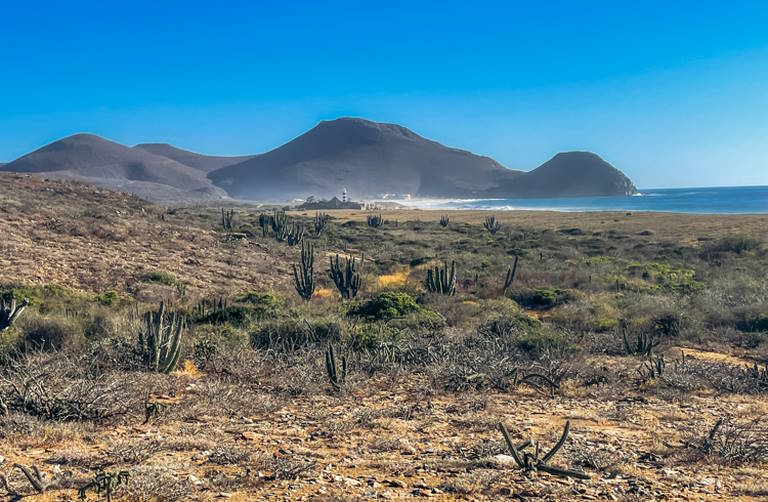
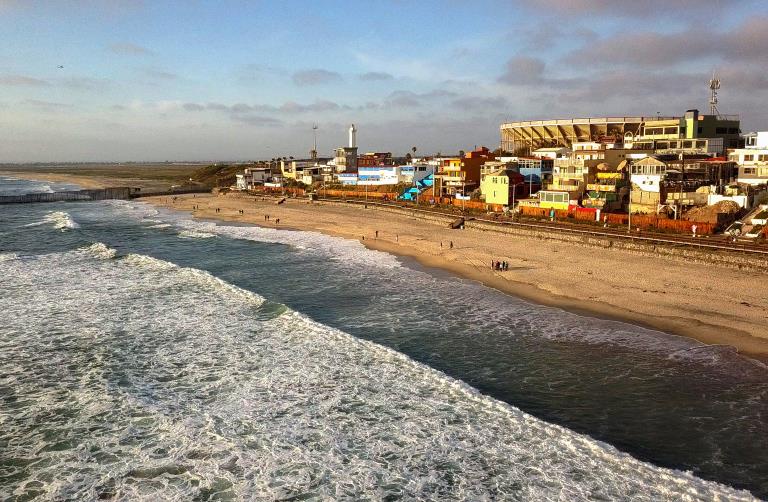

No Comments